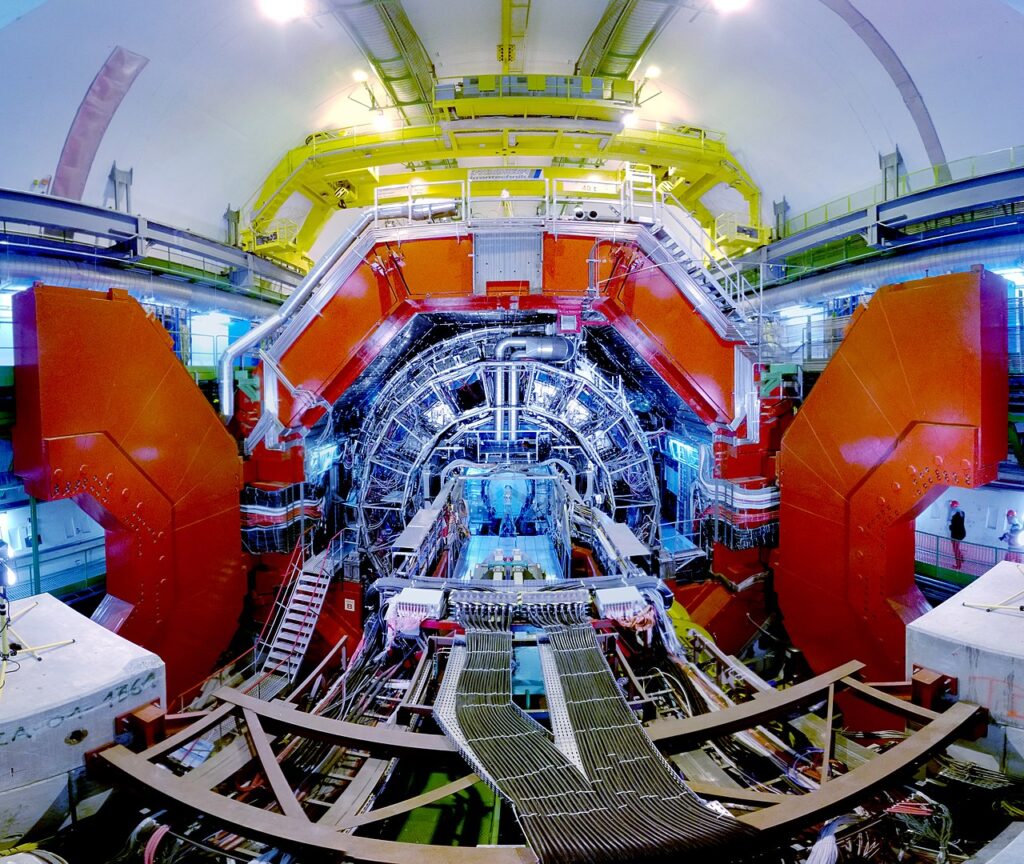
In September, Lawrence Berkeley National Laboratory hosted the annual ALICE USA Grid Operations Review Meeting, bringing together computing experts from Berkeley Lab, Oak Ridge National Laboratory, and CERN. The meeting focused on aligning goals, reviewing infrastructure performance, and planning for the coming year of data-intensive operations supporting the computing of the ALICE experiment—one of the major experiments at the Large Hadron Collider just outside Geneva, Switzerland.
Berkeley Lab’s Science IT team plays a central role in the ALICE collaboration by managing critical U.S.-based computing and storage resources. These systems process and store massive datasets produced by the ALICE detector, which captures heavy ion collisions at the Large Hadron Collider (LHC) —such as lead ions—to study the fundamental properties of matter at extreme conditions similar to those just after the Big Bang.
“It’s incredibly rewarding to know that the systems we design and maintain here at Berkeley Lab directly contribute to discoveries happening at the experiment thousands of miles away,” added Irakli Chakaberia, research scientist at Nuclear Science Division’s Relativistic Nuclear Collisions group. “Every optimization, every improvement in storage or processing speed, helps accelerate the science—and that’s what drives us.”
Each year, the Grid Operations Review provides an opportunity for hands-on experts—the “boots on the ground” people — to coordinate directly with CERN’s central computing team. Participants discuss system stability, potential for optimization, and data flow needs, ensuring that global computing centers are ready to handle ALICE’s enormous data output.
One of the major focuses of this year’s meeting was the plan to merge two existing storage systems into one unified infrastructure. This effort will improve efficiency, reliability, and data accessibility for ongoing and future ALICE data analyses. Storage performance and stability are especially crucial because LBL lab hosts one of the two Analysis Facilities for the ALICE experiment, directly accelerating the analysis of its immense collected data.
“When you’re working with data at the scale of CERN’s ALICE experiment, reliability and technical expertise are non-negotiable,” said Karen Fernsler, Systems Engineer IV, Science IT team. “Our group is trusted to operate at the highest level—side by side with some of the most well-known minds in science—because we understand both the IT infrastructure and the scientific goals driving it.”
This trust is built on years of collaboration and shared success. The Science IT team not only supports ALICE’s data storage and processing but also helps plan for future upgrades, ensuring that U.S. computing centers remain vital contributors to CERN’s groundbreaking research.
Through its continued partnership with CERN and the ALICE collaboration, Berkeley Lab’s Science IT team exemplifies how deep technical knowledge and close scientific collaboration enable discoveries that push the boundaries of human understanding.

